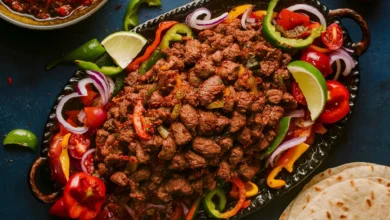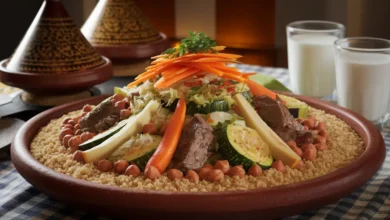The Art and Science of Crafting Authentic Vietnamese Pho
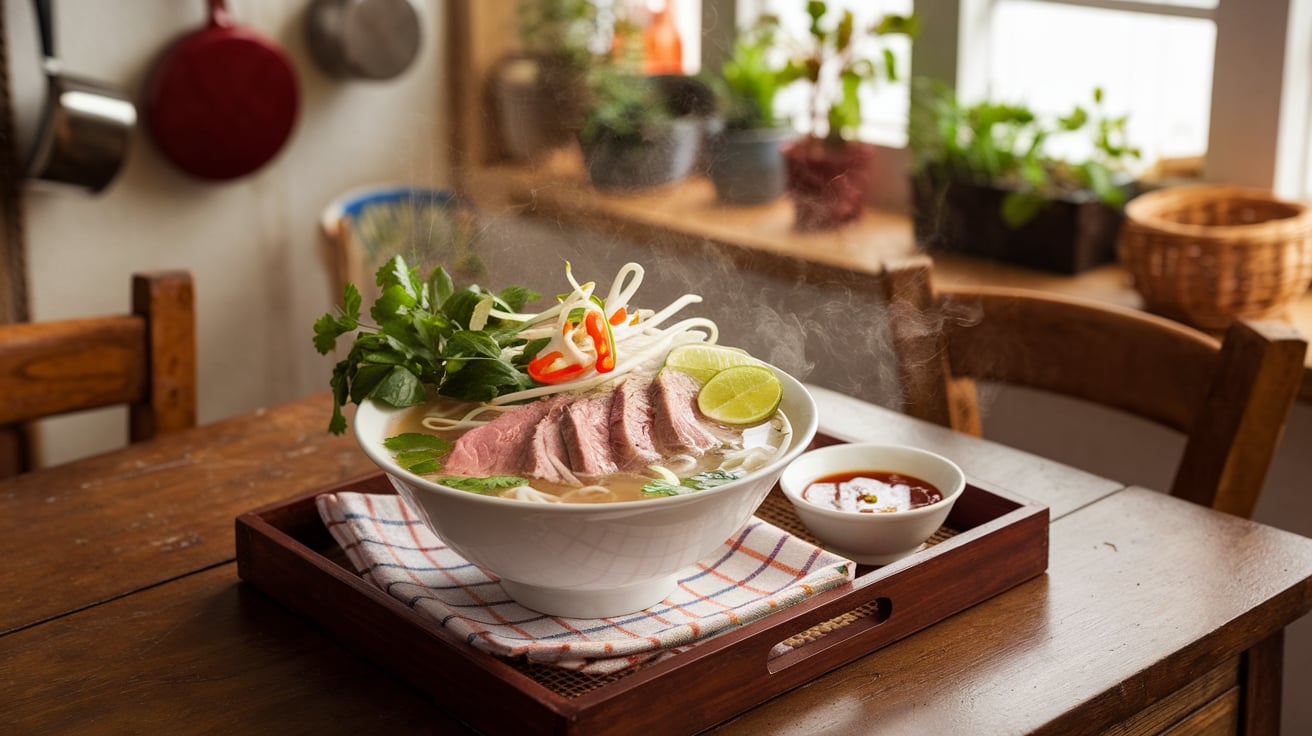
Pho, the beloved Vietnamese noodle soup, is more than just a dish – it’s a cultural icon, a comforting bowl of warmth, and a culinary art form. While many are familiar with this aromatic and flavorful soup, few understand the intricacies and care that go into creating a truly authentic bowl of pho. Let’s dive deep into the world of pho, exploring its history, key ingredients, and techniques to help you master this iconic Vietnamese staple.
A Brief History of Pho
Pho originated in the early 20th century in northern Vietnam, likely influenced by both local Vietnamese cuisine and French colonial presence. The exact origins are debated, but many believe it evolved from a simple beef and rice noodle soup. As Vietnam’s political landscape changed, pho spread throughout the country, with regional variations developing in central and southern Vietnam. Today, pho is enjoyed worldwide and is considered Vietnam’s de facto national dish.
The Anatomy of Pho
At its core, pho consists of four main components:
- The broth
- Rice noodles
- Meat (traditionally beef, though chicken pho has become popular)
- Herbs and garnishes
Each element plays a crucial role in creating the perfect bowl of pho. Let’s examine each component in detail:
- The Broth – The Soul of Pho
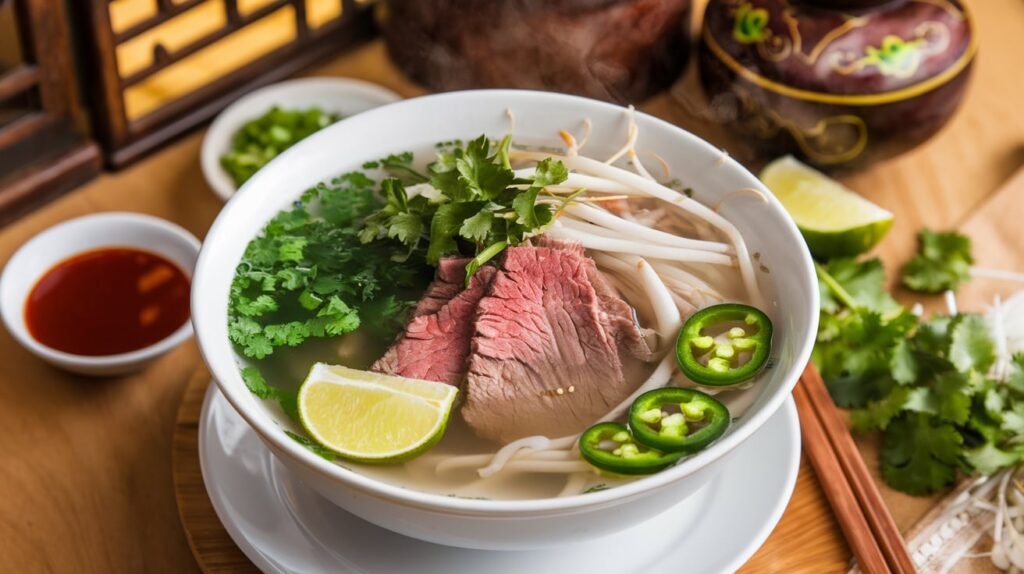
The broth is undoubtedly the most important and time-consuming aspect of pho. A good pho broth should be clear, fragrant, and full of depth. Here are some key factors in creating the perfect pho broth:
Bones and Meat:
- Use a combination of bones and meat for optimal flavor. Beef bones (particularly knuckle, shin, and marrow bones) provide richness, while meat like brisket or oxtail contributes beefy flavor.
- Parboil the bones and meat first to remove impurities, ensuring a clearer broth.
Aromatics:
- Charred onions and ginger are essential for adding depth and a subtle smokiness.
- Toast spices like star anise, cinnamon, cloves, and coriander seeds to enhance their flavors before adding to the broth.
Simmering Time:
- A proper pho broth requires patience. Simmer for at least 6-8 hours, though some recipes call for up to 12 hours for maximum flavor extraction.
Seasoning:
- Use fish sauce, sugar, and salt to balance the flavors. The broth should be savory with a hint of sweetness.
- Many modern recipes also include a touch of MSG for an extra umami boost.
- Rice Noodles – The Foundation
While the broth may be the star, rice noodles are the essential foundation of pho. Here are some tips for perfect noodles:
- Use flat rice noodles, about 1/4 inch wide. These are often labeled as “banh pho” or “pho noodles.”
- Cook the noodles separately from the broth to prevent the broth from becoming cloudy.
- Slightly undercook the noodles, as they will continue to cook when the hot broth is added.
- Rinse cooked noodles in cold water to stop the cooking process and prevent sticking.
- Meat – The Protein
Traditional beef pho often includes several cuts of beef:
- Thinly sliced raw beef (often sirloin or eye of round) that cooks in the hot broth
- Brisket or flank, which is cooked in the broth during the simmering process
- Beef balls (bo vien)
- Some variations may include tripe, tendon, or oxtail for added texture and flavor
For those who prefer chicken, ga (chicken) pho has become increasingly popular, using chicken bones and meat for the broth and topping.
- Herbs and Garnishes – The Fresh Finale
The array of fresh herbs and garnishes served alongside pho is what truly sets it apart. Common additions include:
- Thai basil
- Cilantro
- Bean sprouts
- Lime wedges
- Sliced chili peppers
- Hoisin sauce and sriracha (for customizing flavors)
Advanced Tips for Pho Mastery
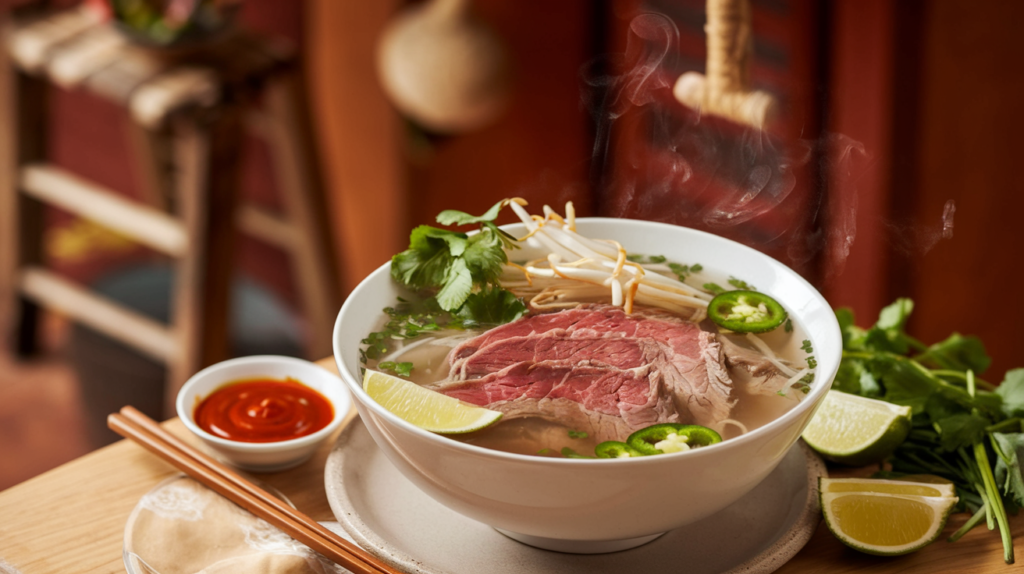
- Broth Clarity: For an extra-clear broth, use a fine-mesh skimmer to remove any scum that forms during the initial boiling process.
- Spice Sachet: Create a sachet with cheesecloth to hold your spices. This makes them easier to remove and prevents small spice particles from clouding the broth.
- Beef Selection: Experiment with different cuts of beef to find your preferred combination. Some chefs swear by adding oxtail for an extra-rich broth.
- Umami Boost: Consider adding a small piece of dried squid or a few dried shrimp to the broth for an extra layer of umami (remove before serving).
- Noodle Preparation: To prevent noodles from sticking together, toss them with a small amount of neutral oil after cooking and rinsing.
- Serving Temperature: Ensure your broth is piping hot when serving. The temperature is crucial for cooking the raw beef slices and warming the noodles.
- Customization: Offer a variety of additional toppings like blanched vegetables, crispy shallots, or even a soft-boiled egg for guests to customize their pho experience.
Health Benefits of Pho
Beyond its delicious taste, pho can also be a nutritious meal:
- Bone broth is rich in minerals and may support joint health.
- The abundance of herbs and vegetables provides vitamins and antioxidants.
- When made with lean cuts of meat, pho can be a relatively low-fat, high-protein meal.
- The warm broth and aromatic spices may help clear sinuses and provide comfort during cold weather.
Pho Etiquette and Cultural Significance
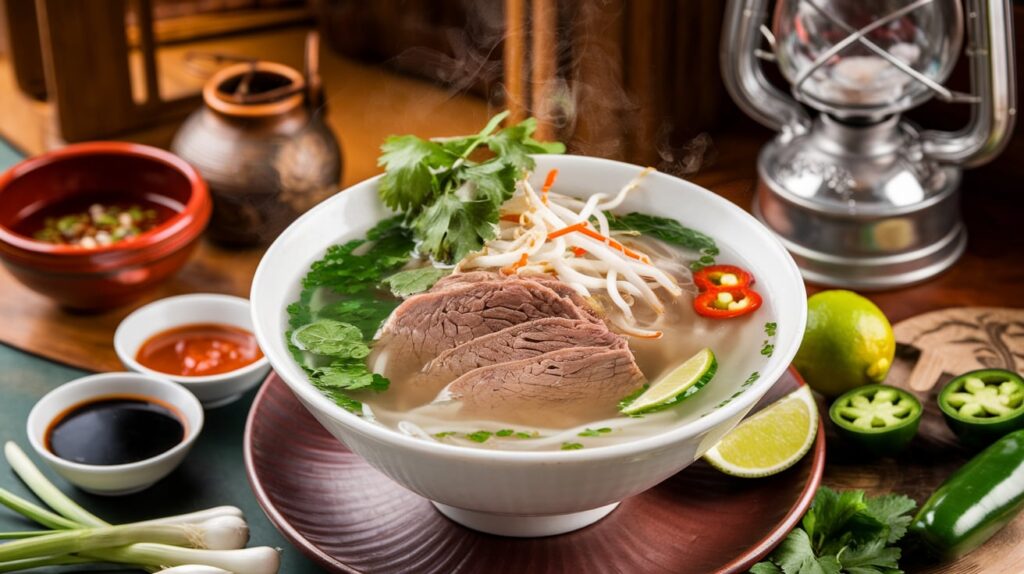
Understanding pho goes beyond just its preparation. In Vietnamese culture, pho holds a special place:
- It’s often eaten for breakfast, though it’s enjoyed at any time of day.
- Slurping is not only acceptable but often encouraged as a sign of appreciation.
- The soup is typically eaten with chopsticks and a spoon, alternating between slurping the broth and picking up noodles and meat.
- In Vietnam, pho is more than just food – it’s a source of national pride and a symbol of the country’s resilience and adaptability.
Conclusion
Mastering the art of pho takes time, patience, and a deep appreciation for the nuances of flavor. While it may seem daunting at first, the rewards of crafting your own authentic bowl of pho are immeasurable. Whether you’re a seasoned chef or a curious home cook, diving into the world of pho offers a journey of culinary discovery and cultural exploration. So gather your ingredients, clear your schedule, and embark on the rewarding process of creating this beloved Vietnamese staple. Your taste buds – and dinner guests – will thank you.

